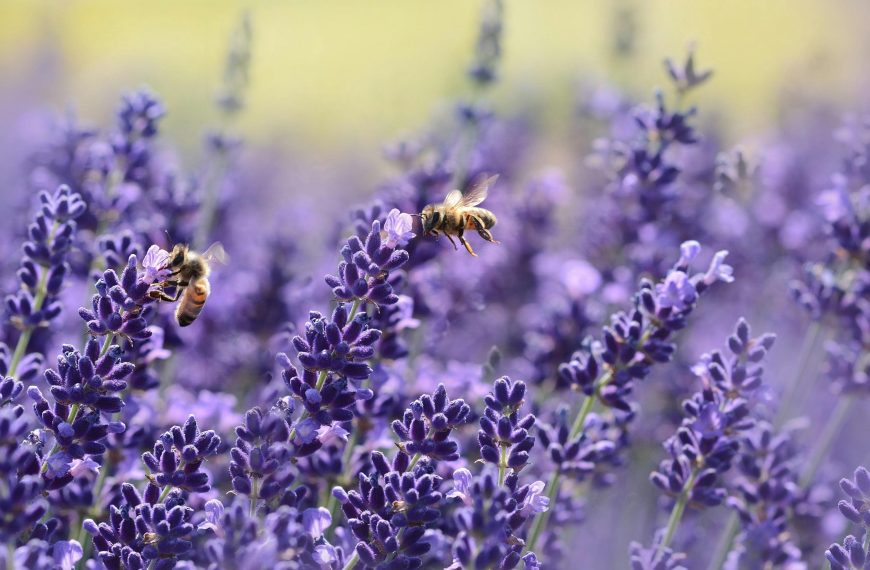In the realm of sustainable agriculture, one concept stands as paramount: the health of the soil. The vitality of soil forms the bedrock for practices that nurture nutrient-rich crops while preserving the delicate balance of our ecosystem. As our global population burgeons, the intricate relationship between nature and farming techniques garners ever-increasing attention. In this discourse, we delve into the profound significance of soil health in organic living, exploring the practices that facilitate its enhancement.
The Crucial Role of Organic Agriculture
Soil health assumes a pivotal role within agriculture, embodying the essence of holistic and sustainable farming methods. Organic farming revolves around harmonious coexistence with our environment, embracing processes over reliance on synthetic inputs for food production. Within this paradigm, soil functions as a bustling ecosystem, teeming with lifeforms ranging from microorganisms to earthworms, all collaborating to foster a fertile environment for plant growth.
At the heart of soil health lies its capacity to support a thriving community of microorganisms. Microscopic entities such as bacteria, fungi, and archaea play multifaceted roles, encompassing decomposition of matter, recycling of nutrients, and even suppression of harmful pathogens. In reciprocity for these services, plants provide microorganisms with sugars and organic compounds, forging a symbiotic relationship that bolsters plant growth and resilience—a cornerstone of organic agriculture. This intricate web of interactions underpins nutrient cycling, diminishing the need for external fertilizers.
Principles of Soil Health in Organic Living
The ethos of organic living underscores the cultivation of soil health through key principles:
- Minimal Soil Disturbance: Organic farming champions the minimization of soil disturbance to uphold its structure and thwart erosion. Diverging from practices like conventional tilling that disrupt soil integrity, organic farming employs techniques like no-till or reduced tillage to augment water retention and stimulate biological activity.
- Cover Crops and Crop Rotation: Interposed between crop cycles, cover crops like clover and rye come to the fore. These plants shield the soil from erosion while contributing organic matter during decomposition, simultaneously providing habitats for beneficial insects. Crop rotation, involving sequential planting of different crops, mitigates nutrient depletion and curbs the proliferation of pests and diseases.
- Compost and Organic Matter: Incorporating compost and organic matter replenishes soil nutrients and fosters microorganism growth. Compost serves as a gradual-release fertilizer, enriching soil structure and bolstering water retention, thus mitigating the impact of drought.
- Biodiversity Promotion: Encouraging biodiversity on farms nurtures an intricate ecosystem. A medley of plant species generates habitats for microorganisms, insects, and other beneficial creatures. This diversity elevates natural pest control and nutrient cycling.
- Integrated Pest Management (IPM): Preferring integrated pest management over pesticides, organic farming relies on predators, companion planting, and non-chemical methods to regulate pests. By eschewing pesticides, soil health is preserved alongside the broader ecosystem.
Benefits of Prioritizing Soil Health
Elevating soil health in agricultural practices bestows advantages upon farmers, consumers, and the planet as a whole:
- Nutrient-Rich Crops: Vibrant soil yields nutrient-dense crops. The intricate interplay between microbes, organic matter, and plants engenders heightened availability of vitamins and minerals in produce.
- Water Management: Structured soil with organic content facilitates water infiltration and retention, diminishing soil erosion risk. This stance aids in mitigating droughts and floods.
- Carbon Sequestration: Soil stands as a carbon sink, proficiently storing carbon dioxide and contributing to climate change mitigation. Soil organic matter prolongs carbon retention, effectively reducing greenhouse gas emissions.
- Climate Resilience: Soil-health-oriented farming augments a farm’s capacity to withstand climate change challenges. A diverse and thriving soil ecosystem demonstrates enhanced fortitude against weather anomalies and temperature fluctuations.
- Biodiversity Preservation: By creating a milieu supportive of organisms, organic farming champions biodiversity—an essential element in ecosystem equilibrium and the containment of rampant pests and diseases.
The Journey Forward: Cultivating Soil Health
As humanity grapples with the intricacies of agriculture, the ascension of soil health emerges as a linchpin in the quest for viable solutions. Embracing these principles while nurturing our soil can guide us toward a future where farming practices harmonize seamlessly with nature, safeguarding both food security and environmental preservation.
Cultivating soil health mandates a shift in mindset and the adoption of novel practices. Departing from chemical-intensive agriculture toward a holistic and regenerative approach becomes imperative. Prioritizing soil health entails an investment in the enduring sustainability of our planet, ensuring that forthcoming generations inherit a world where the land perpetually nurtures them, as it has done for millennia. Embracing soil-focused practices paves the way to a sustainable and resilient future.









